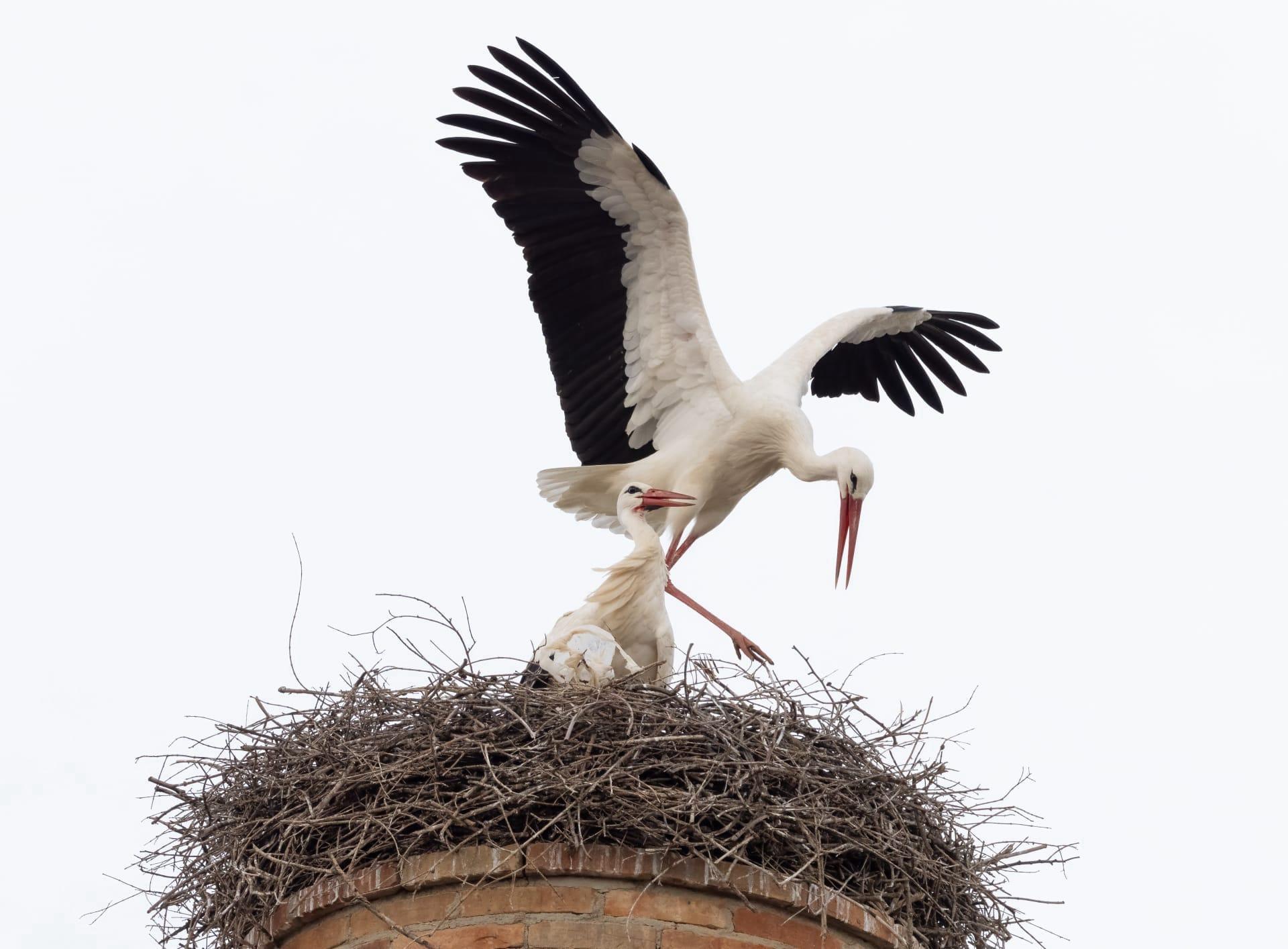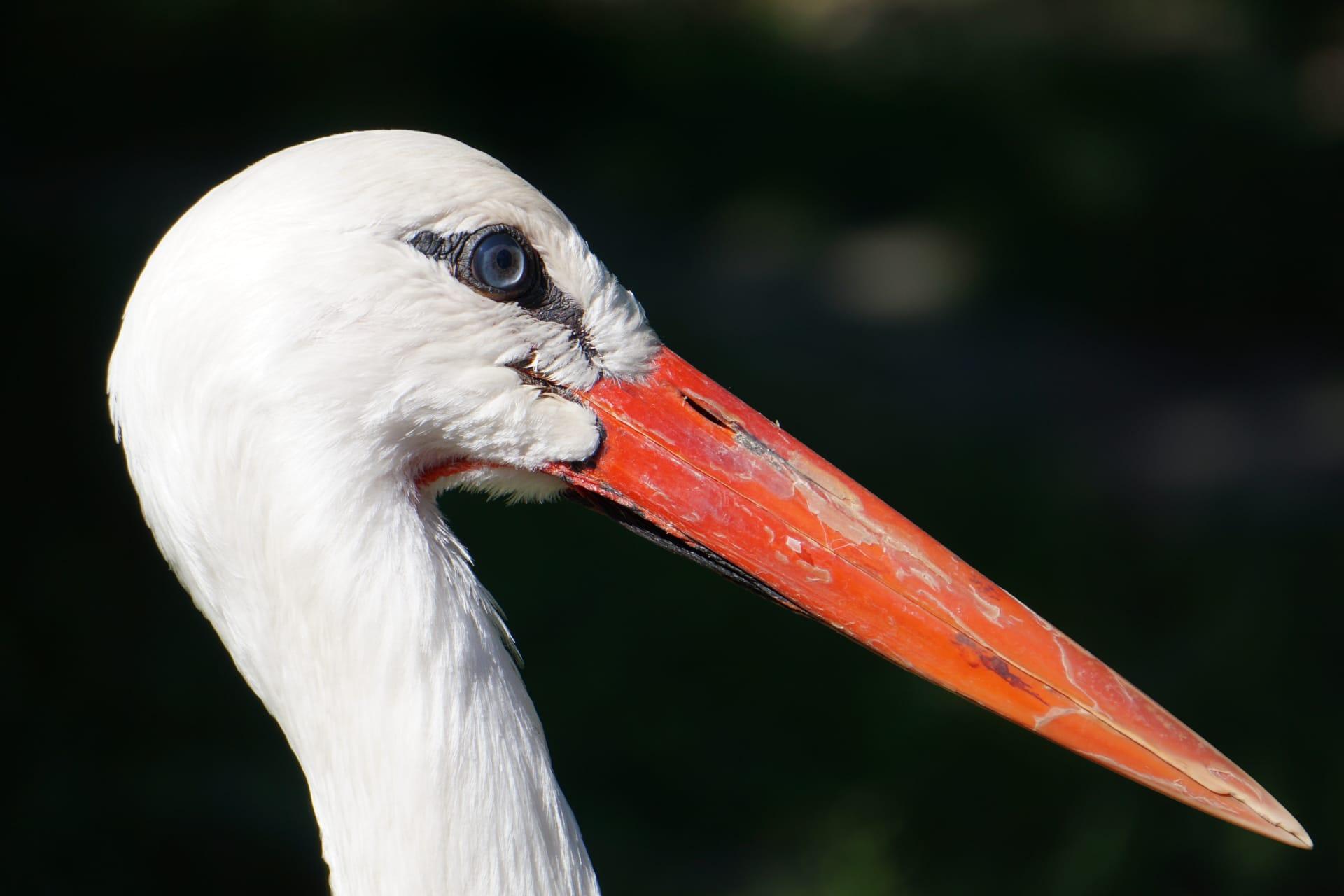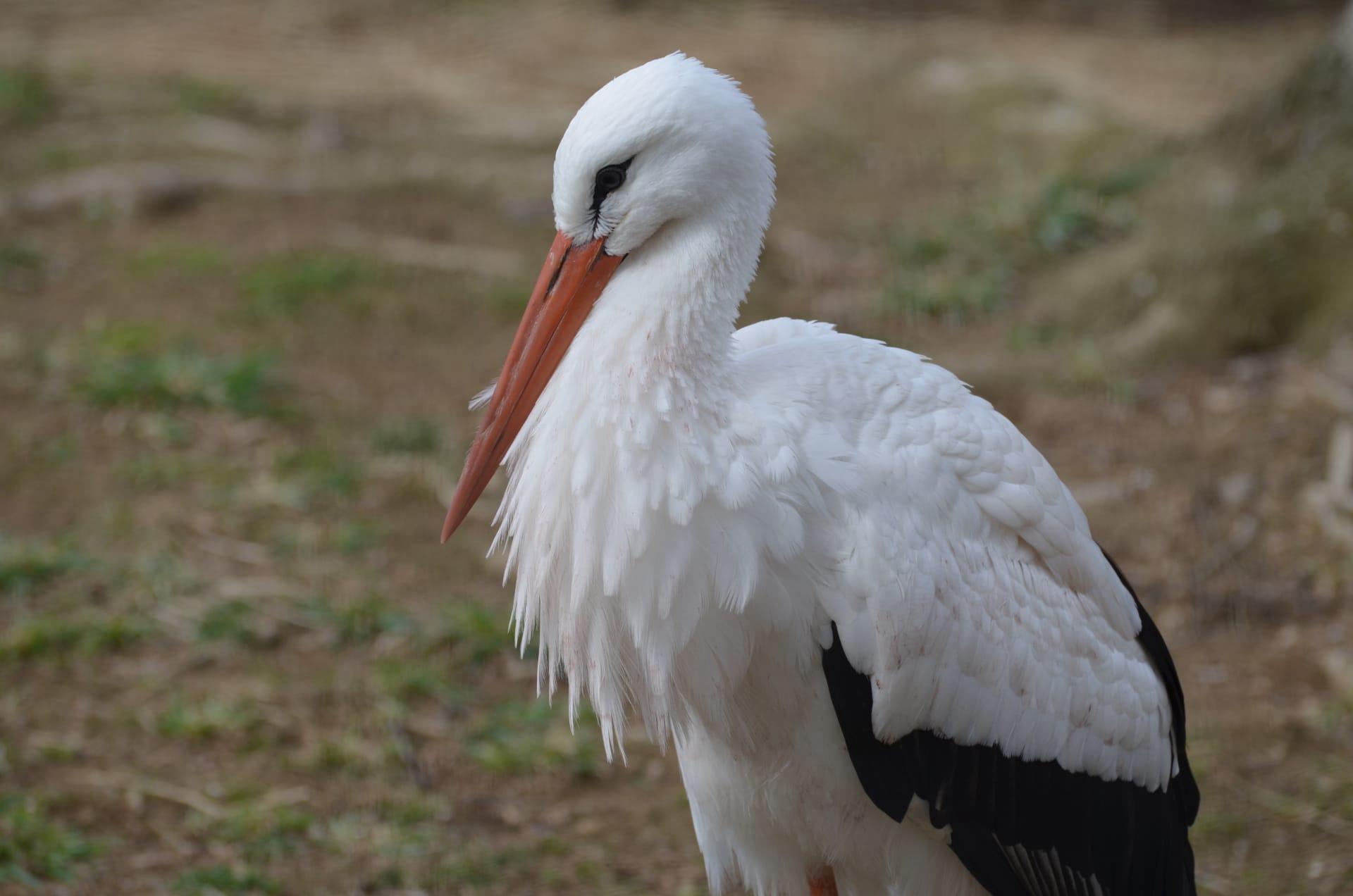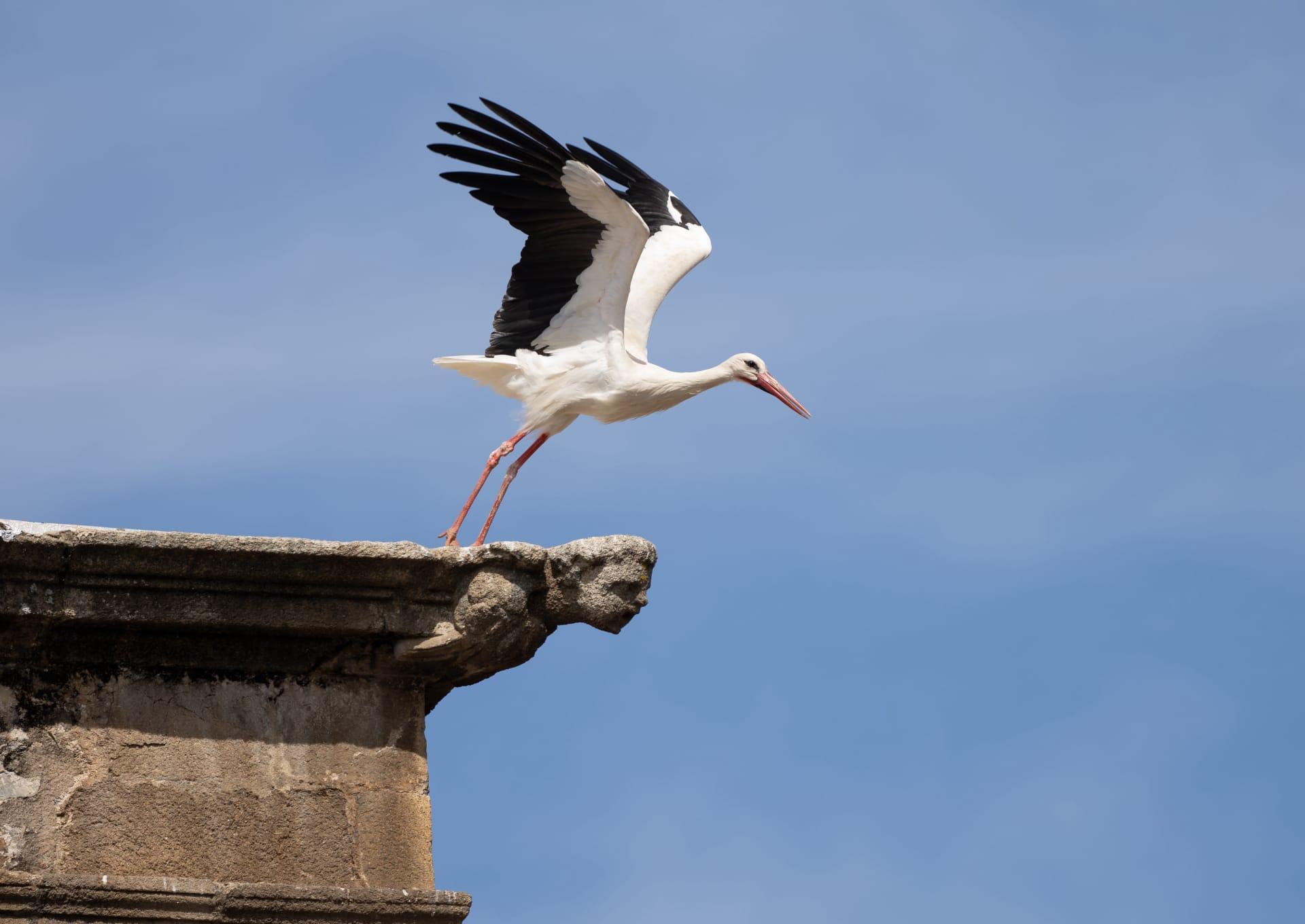Stork Characteristics
- Home /
- Mini Encyclopedia /
- Animal /
- Stork Characteristics
1
Storks, those tall, elegant birds, are well-known for their striking appearance. An adult stork typically measures about 3.5 feet in height and can stretch its wings up to 7 feet wide. They weigh between 2 to 4 kilograms, making them quite sizable in the bird world. The lifespan of a stork in the wild is around 20 years, though some have been known to live up to 30 years under optimal conditions.
One of the most distinctive organs of the stork is its long, pointed beak, which can be up to 30 centimeters in length. This beak is not just for show; it's a critical tool for their survival. Storks use their beaks to deftly catch fish, their primary food source, and to probe into muddy waters or soil for insects and amphibians. The beak's design allows for precise and efficient hunting, making storks effective predators in their habitats.

2
Question: What is the significance of storks in cultural folklore and symbolism?
Answer: Storks hold a special place in many cultures' folklore and symbolism, often representing fertility and good luck. In Western culture, there's a popular myth that storks deliver babies, a story that dates back to German folklore. In Egypt, storks were associated with the soul and rebirth. Many European countries regard the stork as a harbinger of spring and renewal. This widespread cultural significance of storks highlights their positive image and the fascination humans have had with these birds throughout history.

3
Storks are known for their impressive flying abilities. They are strong, soaring birds that can travel great distances with minimal effort. Using thermal updrafts, they can glide in the air for hours, covering hundreds of kilometers in a single day during migration. Their long legs and necks are tucked in during flight, creating an aerodynamic silhouette.
In terms of hunting, storks are patient and skilled. They often stand still in shallow waters, waiting for the perfect moment to strike with their beak. This hunting technique demonstrates their ability to stay motionless for extended periods, followed by rapid, precise movement to catch fish, frogs, or insects. Their sharp eyesight aids in detecting prey in murky waters or among vegetation.

4
Storks typically inhabit wetlands, marshes, rivers, and shores, which provide ample food sources and nesting sites. They prefer open, flat areas where they can easily spot prey. In urban areas, they're often found nesting on rooftops, chimneys, and poles, showing their adaptability to human environments.
The reproduction of storks is a fascinating process. They are monogamous and often return to the same nest year after year, with both partners sharing the duty of building and maintaining the nest. The female usually lays 2 to 4 eggs, and both parents take turns incubating them. The young storks, or chicks, remain in the nest for about two months before they are ready to fly.

5
Book: "The Secret Life of Storks" by Maria Anderson (Published in the UK, 1998) - This book delves into the intimate details of the life cycle of storks. Anderson's narrative covers their migratory patterns, mating rituals, and parenting behaviors, providing a comprehensive view of these fascinating birds. The book is praised for its accessible language and engaging storytelling.
Book: "Wings of Change: The Journey of the Stork" by John Thompson (Published in the USA, 2005) - Thompson's book is a blend of science and narrative, exploring how storks have adapted to changing environments over time. He discusses their role in ecosystems, their interaction with human habitats, and the challenges they face due to environmental changes. The book is noted for its insightful analysis and vivid descriptions.